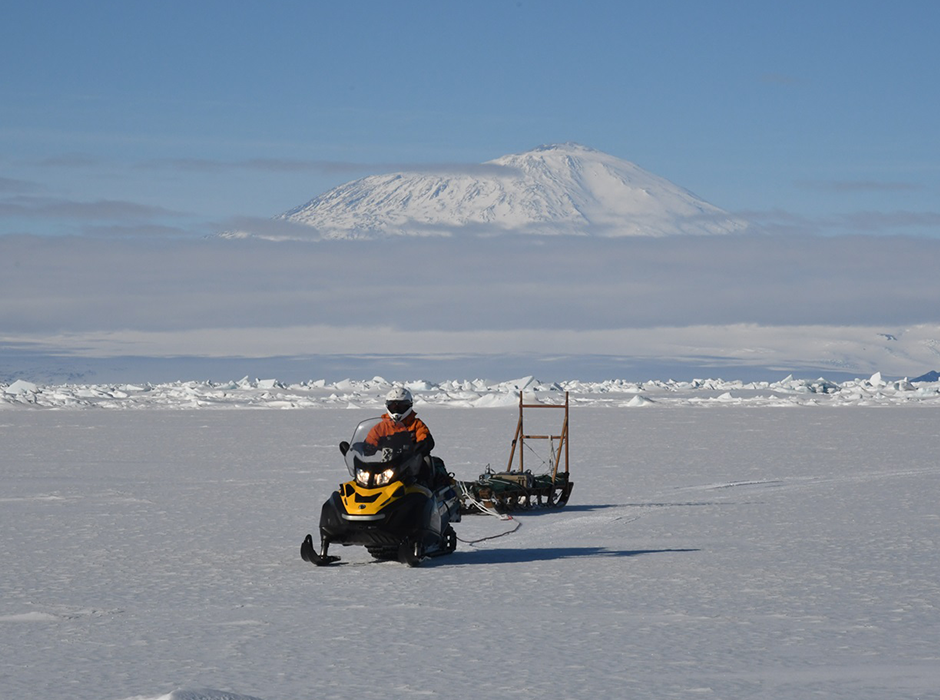Brighter Side of News
1d
199

Image Credit: Brighter Side of News
36-year study reveals what really affects Antarctic ice thickness
- A recent study conducted over 36 years reveals insights into the changes in fast ice in Antarctica's McMurdo Sound.
- Fast ice, which is different from pack ice, serves as a crucial platform for wildlife and researchers, providing stability for various activities.
- Researchers at the University of Otago in New Zealand analyzed decades of data to understand factors influencing fast ice thickness.
- The study found that ice thickness varied annually due to temperature, wind, and storm events.
- The impact of climate change on fast ice in Antarctica's McMurdo Sound is not clearly evident at present, suggesting a system still capable of balancing effects.
- Long-term monitoring of fast ice thickness is crucial for distinguishing natural variability from climate change trends.
- The study highlights the importance of long-term datasets in understanding climate patterns and planning future research initiatives in Antarctica.
- Researchers hope to use the data to refine computer models predicting future changes in fast ice behavior under different climate scenarios.
- The study, published in the Journal of Geophysical Research: Oceans, emphasizes the complexity of Antarctic ice dynamics and the need for ongoing research.
- Further investigations will focus on real-time tracking of weather events to uncover nuances in fast ice behavior that monthly averages may overlook.
Read Full Article
11 Likes
For uninterrupted reading, download the app